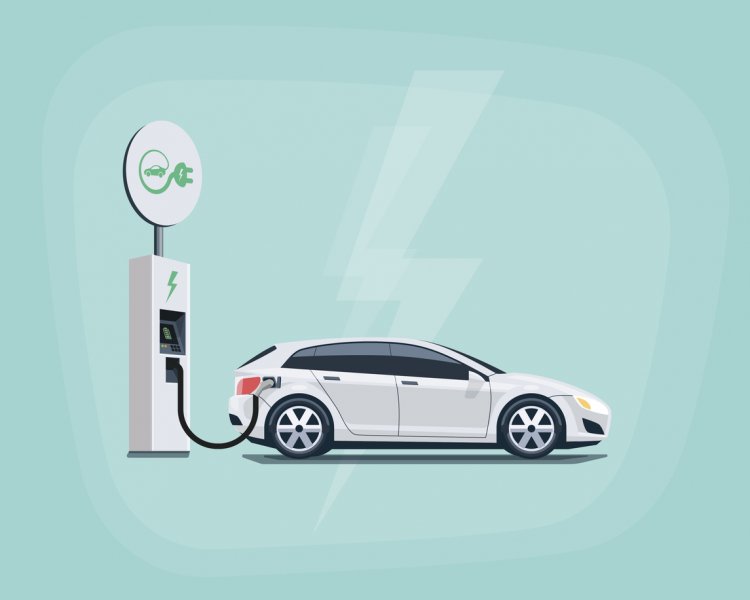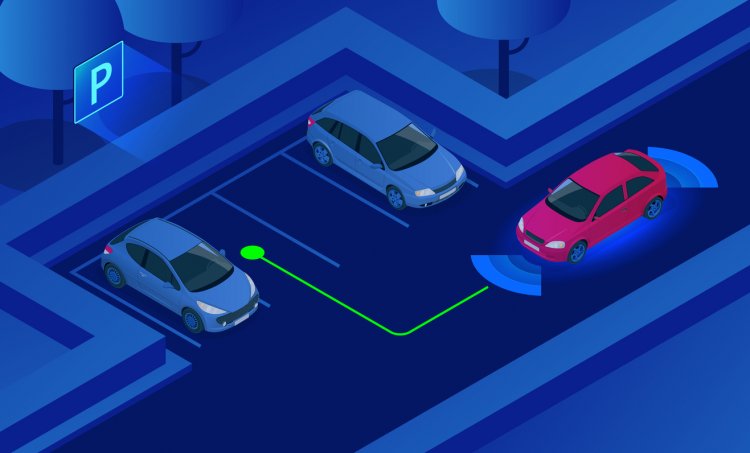5 Ways Technology is Making Transportation Smarter, Cleaner, and Safer
In November 2018, the results from a review of all G20 countries revealed that Canada produces the most carbon dioxide per person of any of the G20 nations. And one of the two biggest and fastest-growing sources of those CO2 emissions? Transportation. As car use has grown and people move farther away from their workplaces to secure more affordable housing, the use of private vehicles has increased. According to the United States Environmental Protection Agency, the average passenger vehicle emits about 4.6 metric tons of carbon dioxide each year.

In November 2018, the results from a review of all G20 countries revealed that Canada produces the most carbon dioxide per person of any of the G20 nations.
And one of the two biggest and fastest-growing sources of those CO2 emissions?
Transportation.
As car use has grown and people move farther away from their workplaces to secure more affordable housing, the use of private vehicles has increased. According to the United States Environmental Protection Agency, the average passenger vehicle emits about 4.6 metric tons of carbon dioxide each year.
And because there are more vehicles on the road than ever before, getting from one place to another is less time-efficient and more dangerous.
Thanks to advances in technology, transportation is becoming smarter, more environmentally friendly, and safer with each passing year. Here are 5 big developments that are changing the way people get from place to place:
Electric Cars
Electric cars have been around for several years, beginning with hybrids and moving into fully electric vehicles.
Advances in technology and decreasing prices, however, have allowed more consumers access to fully electric vehicles, decreasing carbon emissions and reducing the need for fossil fuels.
While Tesla may grab a lot of headlines, companies such as Nissan, Ford, and Hyundai have developed their own consumer-friendly, affordable electric vehicles, opening the market to even more drivers.
As the electric car industry matures, trip distance between charges is increasing, giving consumers even more incentive to consider making the switch with their next car purchases.
Readily Available Charging Stations
 As the electric car industry has grown, so has the availability of charging stations.
As the electric car industry has grown, so has the availability of charging stations.
What once was a losing quest to find somewhere to charge an electric vehicle for the return trip has now become designated parking spots with chargers in many public lots and parking garages, as well as employers adding charging stations to their own parking lots.
Having an employer supportive enough of electric transportation to install a dedicated charging station goes a long way toward demonstrating the ethical and environmental beliefs of the organization as a whole. These amenities - paired with the values they showcase - helps employers attract and retain more high-performing employees looking to work for a business that’s serious about making a difference.
With the increased accessibility to recharging stations, more consumers find going the eco-friendly route and getting an electric car much more attractive than ever before.
On-Street Parking
Have you ever been in a busy city - or even a moderately sized town - and had to circle the block over and over just to find a parking spot?
Not only is that a frustrating exercise that leads to you burning a ton more fuel, the race to grab the first available parking spot can be dangerous for drivers and pedestrians alike.
To help decrease the congestion and frustration of parking in downtown areas, more cities are turning to smart on-street parking solutions to help people find parking spots faster, decreasing traffic and needless vehicle use.
Many of these smart on-street parking solutions utilize systems of parking spot sensors that monitor groups of parking spaces. When a spot is empty, it is reported to the software that controls the parking system, and a number of empty spaces can be displayed on signage visible to all drivers.
Additionally, many smart space companies offer a parking spot detection app that can be downloaded by drivers.
This app displays the exact locations of open spots, helping people find parking faster and with less risk of causing an accident rushing to get what appears to be the last open space before a big event.
Parking Lots
Much like on-street parking, using parking lots in a city can be a major nightmare. 
The lots fill up quickly and, if unattended, can have many cars driving around looking for any empty spots, causing greater congestion and frustration. And lots that are close to a big scheduled event can rent spots for exceptionally high sums of money because they’ve got a captive audience.
Using smart parking technology allows spots in a parking lot to be monitored in a similar manner to the on-street parking: Sensors detect when there’s an empty spot in a lot, and the number of vacant spots can be reported on a sign at the entrance.
This allows people to pass by full lots without wasting their time driving through them “just to check,” and keeps traffic moving along to lots that aren’t yet full.
An app can be connected to this parking technology, as well, giving people real-time insights on whether they’ll be able to get into the lot run by the concert venue they’re heading for, or if they’ll have to check the map to find an offsite lot to park in.
Public Transportation
Technology also comes in handy in making public transportation systems, such as buses and trains, more efficient, more reliable, and more affordable.
Sensors and other technology can be used to monitor usage of a particular bus or train route, giving feedback to the people who manage the routes on whether there need to be more buses on a particular route during rush hour or if two routes can be consolidated to decrease driving distance and pollution.
By optimizing these routes, taxpayers and riders save money because there’s less wasteful public transportation use, so there’s less overhead that needs to be made up for in fares.
Additionally, transportation systems can utilize consumer apps - which many cities already have - to report real-time information on whether a bus or train is running on time, if it’s at capacity, or if there’s had to be a change in the route due to construction or another interruption.
These advances not only make transportation more affordable and efficient, but they make buses and trains more pleasant for riders, increasing the attraction to public transportation and decreasing the public’s reliance on private vehicles.
Smart Technology Management for Modern Cities
As citizens and governments become more reliant on technology, the need for an underlying smart city technology system becomes more apparent. And with recent advances in smart city technology, more cities are looking for ways to improve data collection and analysis to help make their cities healthier, safer, more efficient, more affordable, and enjoyable places to live.
With @Assist Tomo, you can collect all your varied pieces of smart city technology into one cloud-based management system. Pull together data from different city systems to improve analysis and decision-making, create opportunities for improved public safety, and allow citizens to connect with one another on new levels. Learn more about Tomo's people-first approach to ICT.

 contact@atassist.com
contact@atassist.com 





